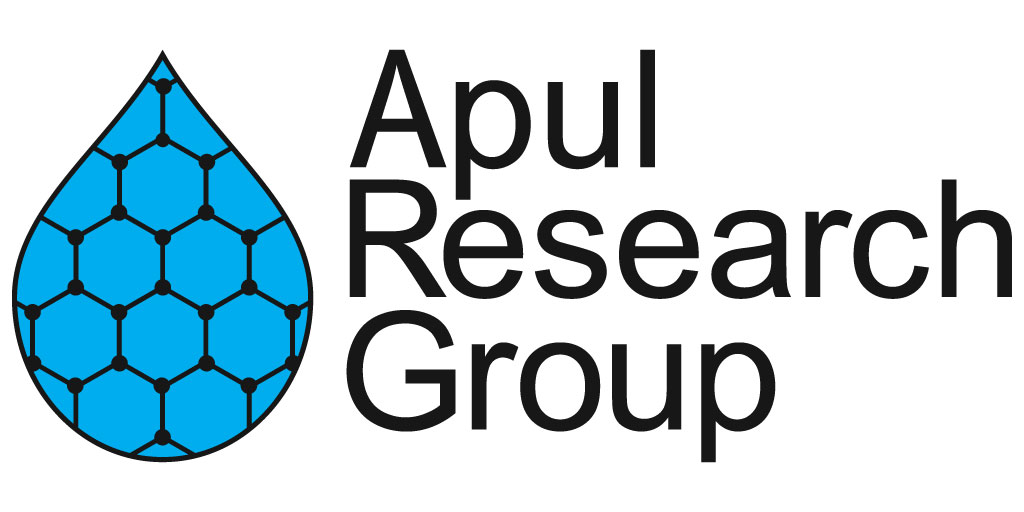Cannabis, commonly known as marijuana, is the most widely used illicit drug with about 192 million users (3.9% of world’s population) worldwide, aged between 15 to 64 as per 2016 estimates (UNODC, 2018). In the United States, cannabis was categorized as a schedule I (the most stringent controlled-substance category) drug with the passage of the Control Substance Act of 1970 (US DEA, 2018). There have been multiple failed lawsuits (e.g., United States v. Oakland Cannabis Buyers’ Cooperative) (Gonzales v. Raich, 2005) to federally reschedule marijuana and approve for medical use over the past few decades. However, 31 states, including Washington D.C., have independently enacted laws that are in direct contradiction with the federal schedule since California’s passage of Proposition 215 in 1996 (Proposition 215, 1996). This state-legalization effort is generally linked with the increasing cannabis usage (Cerdá, Wall, Keyes, Galea, & Hasin, 2012). The compassionate medical use of marijuana and continued non-federal legalization efforts have increased its reach to over $22 billion by 2022 (Business Marijuana Daily, 2018), which raises questions on their environmental release and potential impacts. The literature on THC and its metabolites is sparse with a few studies focusing on detection of these compounds in the natural environment at a trace level (Pal et al., 2013; Peng, Hall, & Gautam, 2016). A few studies have examined the destructive removal of THC-COOH from waste- and surface-waters with photo-degradation (Boix et al., 2014; Y. Park, Mackie, MacIsaac, & Gagnon, 2018), chlorination (Boix et al., 2014; González-Mari˜no, Rodríguez, Quintana, & Cela, 2013), and zerovalent iron (Mackie, Park, & Gagnon, 2017; Mackuľak et al., 2016). These processes can completely remove and/or transform THC-COOH , however, its transformation by-products can be equally or be even more toxic in surface waters (González-Marino et al., 2013). Effective removal of these compounds from water and wastewater continues to be a critical gap in the environmental literature.
